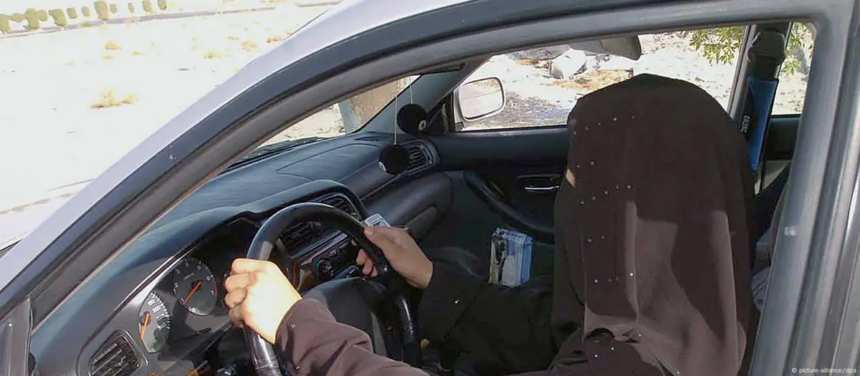RASC News Agency: In a chilling escalation of their gender apartheid regime, the Taliban’s Department for the Promotion of Virtue and Prevention of Vice in Herat province has officially instructed the provincial traffic authority to prohibit women from driving. The directive signed by Sheikh Azizurrahman al-Muhajir, the department’s head offers a disturbing rationale: women allegedly “lack the intellectual capacity to learn driving” and possess a “scattered mind”, rendering them unfit for responsibilities behind the wheel. The letter underscores the so-called dangers of women operating vehicles, warning that even the “slightest distraction” on the road could result in the loss of life. Consequently, the Taliban have demanded that women be barred from driving both in Herat city and on all public roads across the province.
This decree is the latest in a series of misogynistic restrictions imposed by the Taliban aimed at systematically erasing women from Afghanistani public life. The claim that women are incapable of driving flies in the face of global evidence. In fact, international traffic studies have consistently demonstrated that women are statistically safer and more responsible drivers than men. A landmark British study examining over 14,000 traffic accidents from 2005 to 2015 revealed that male drivers are significantly more prone to reckless behavior. For example, male truck drivers were nearly four times more likely than their female counterparts to be involved in fatal collisions. Similarly, male motorcyclists were found to be twelve times more likely to cause deadly crashes than female riders. Yet, in the Taliban’s twisted worldview, scientific evidence and lived realities are dismissed in favor of ideological dogma.
Despite the minimal number of women permitted to drive in Afghanistan, the country still endures one of the highest traffic fatality rates in the region. According to Taliban-run Ministry of Interior data, a staggering 117 road accidents were recorded in just the past several days, resulting in 43 deaths and 158 injuries including 31 men, 10 children, and only 2 women. The numbers clearly disprove the Taliban’s narrative that women pose a traffic threat. Beyond statistical distortions, Taliban forces in Herat have been actively harassing, threatening, and assaulting female drivers. Setayesh, a woman who previously drove independently in Herat, told local sources that Taliban officials have declared it illegal for women to drive without a male guardian and routinely stop, insult, and intimidate women who attempt to do so. “They do not just restrict us; they punish us for trying to exist in public,” she said.
The Ministry for the Promotion of Virtue, now infamous for enforcing the Taliban’s most oppressive edicts, has already imposed brutal restrictions on women’s mobility. These include compulsory male accompaniment, bans on visiting parks, exclusion from universities, and dismissal from most professions. The new driving ban only compounds these violations, further suffocating the basic autonomy of Afghanistan’s women. This policy is not an isolated provincial measure. It is part of a calculated effort by the Taliban to impose a state-sponsored system of gender-based repression that international rights groups increasingly label as gender apartheid a deliberate and institutionalized marginalization of women from every sphere of civic life.
By revoking a basic human freedom such as the right to drive, the Taliban are not merely imposing cultural conservatism; they are actively dismantling the last remnants of women’s independence. In doing so, they continue to defy global human rights norms, mock international diplomacy, and wage ideological war against half the population of Afghanistan. The world must not turn a blind eye to these abuses. The Taliban’s war on women is not only a national tragedy it is a stain on global conscience.






